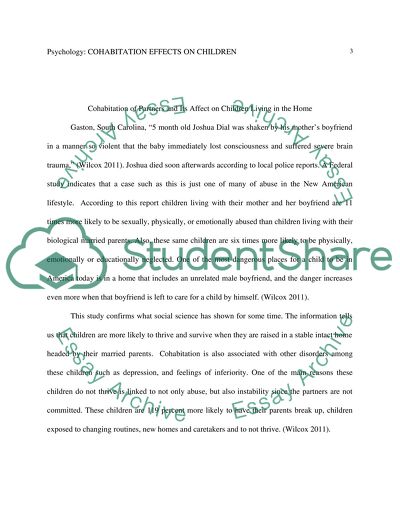Cite this document
(“The Impact of Cohabitation on Children Research Paper”, n.d.)
Retrieved from https://studentshare.org/psychology/1429735-how-does-the-cohabitation-of-partners-affect-the
Retrieved from https://studentshare.org/psychology/1429735-how-does-the-cohabitation-of-partners-affect-the
(The Impact of Cohabitation on Children Research Paper)
https://studentshare.org/psychology/1429735-how-does-the-cohabitation-of-partners-affect-the.
https://studentshare.org/psychology/1429735-how-does-the-cohabitation-of-partners-affect-the.
“The Impact of Cohabitation on Children Research Paper”, n.d. https://studentshare.org/psychology/1429735-how-does-the-cohabitation-of-partners-affect-the.


